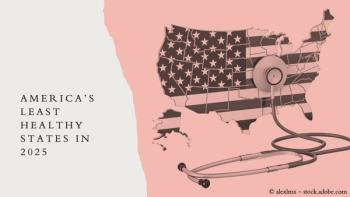
Large groups snapping up NPs and PAs
Your nurse practitioners and physicians assistants are valuable members of your team, so a raise might be in order. Clinical support staff members are in big demand.
Your nurse practitioners (NPs) and physician assistants (PAs) are valuable members of your team, so a raise might be in order. Clinical support staff members are in big demand.
The turnover rate for both nurse practitioners and physician assistants is 12.6%, more than double the physician turnover rate of 6%,
The combination of a projected primary care physician (PCP) shortage and high turnover for nurse practitioners and physician assistants places even more pressure on medical groups to use midlevel providers to fill the gaps in patient care and compensate them appropriately.
Half of the groups surveyed said they were going hire “more” or “significantly more” PAs and NPs. More than two-thirds of respondents from the 2011 survey reported that the involvement of advanced practitioners in their groups has grown “somewhat” or “significantly” in the past 5 years. This response increased to 75% when looking to the next 5 years.
The respondents also indicated that they identified 21% and 13% growth in new positions, respectively, for physician assistants and nurse practitioners in their groups in the past 12 months. Hiring PCPs and advanced practice providers also is a priority for most of the responding groups.
“Recruiting from smaller or primary care practices is one tactic to fill vacancies or expand access for patients,” Tom Flatt, director of communications for the AMGA, tells Medical EconomicseConsult. “We also see a lot of mergers and acquisitions throughout the nation, as many smaller groups are integrating with larger systems. Dwindling reimbursement, evidence-based medicine, and changing payment models are making it increasingly challenging for smaller groups to be competitive.”
Related Content
Newsletter
Stay informed and empowered with Medical Economics enewsletter, delivering expert insights, financial strategies, practice management tips and technology trends — tailored for today’s physicians.








